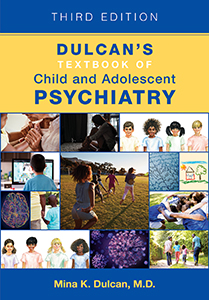Sections
Excerpt
North America is experiencing unparalleled changes in the ethnicities and backgrounds that residents claim as their primary identities. Racial groups officially recognized by the 2020 U.S. Census included white, Black or African American, American Indian or Alaska Native, Asian, Native Hawaiian or Other Pacific Islander, and other. The U.S. Census Bureau (2021a, 2021b) reported that there were 331,449,281 residents in April 2020. Analysis of the 2020 census data will be ongoing through the early years of the subsequent decade, but the Bureau reported an 82.2% increase in Asian residents, a 72.7% increase in Native Hawaiian and Other Pacific Islanders, a 56.0% increase in American Indian and Alaska Natives, a 23.1% increase in Black or African Americans, and a 9.6% decrease in whites from 2000 to 2019. International migration, not the number of births and deaths, is anticipated to be the most significant factor in U.S. population growth after 2021, yielding a more diverse and younger population. This growing and evolving array of cultural, ethnic, and religious diversity has implications for patient care that require special attention and cultural competence from child and adolescent mental health care providers. Indeed, in the rapid cultural, spiritual, and religious shifts of the 2020s, clinicians must be familiar with both historical understandings in these areas and the significant new trends that are informing and shaping clinical practices (U.S. Census Bureau 2021a, 2021b).
Access content
To read the fulltext, please use one of the options below to sign in or purchase access.- Personal login
- Institutional Login
- Sign in via OpenAthens
- Register for access
-
Please login/register if you wish to pair your device and check access availability.
Not a subscriber?
PsychiatryOnline subscription options offer access to the DSM-5 library, books, journals, CME, and patient resources. This all-in-one virtual library provides psychiatrists and mental health professionals with key resources for diagnosis, treatment, research, and professional development.
Need more help? PsychiatryOnline Customer Service may be reached by emailing [email protected] or by calling 800-368-5777 (in the U.S.) or 703-907-7322 (outside the U.S.).



